Why *When* You Eat Might Be More Important Than *What* You Eat
Over my years helping people with their nutrition, I’ve seen the same story play out a hundred times. Someone comes to me totally frustrated. They’re doing everything right—eating salads, picking lean protein, avoiding obvious junk food. But they’re still hitting a wall at 3 PM, fighting off intense evening cravings, and can’t get a handle on their weight. They always ask, “I’m eating all this healthy food, so why do I feel so crummy?”
In this article
- The Science Behind Your Body’s Internal Clock
- The Morning Window (Roughly 6 AM – 10 AM): Set Your Energy for the Day
- The Midday Meal (Roughly 12 PM – 2 PM): How to Avoid the Afternoon Slump
- The Afternoon Bridge (Roughly 3 PM – 5 PM): Smart Snacking
- The Evening Meal (Roughly 6 PM – 8 PM): Wind Down for Repair
- Putting It All Together: A Sample Day
- Your “Get Started” Toolkit
- A Friendly Heads-Up
My answer usually catches them off guard. It’s not just about what you’re eating; it’s about when. Honestly, the timing of your meals can be a total game-changer.
This isn’t some new fad diet. It’s about syncing up with your body’s natural, built-in programming. There’s a whole field of science that studies this, looking at how our bodies are designed to handle food at different times of the day. Think of your body like a high-tech factory that runs on a 24-hour schedule. It has a morning crew, a day shift, and a night crew for maintenance and repair. Giving the factory a massive, complex shipment to process right when the main crew is clocking out for the night… well, you can imagine the chaos.
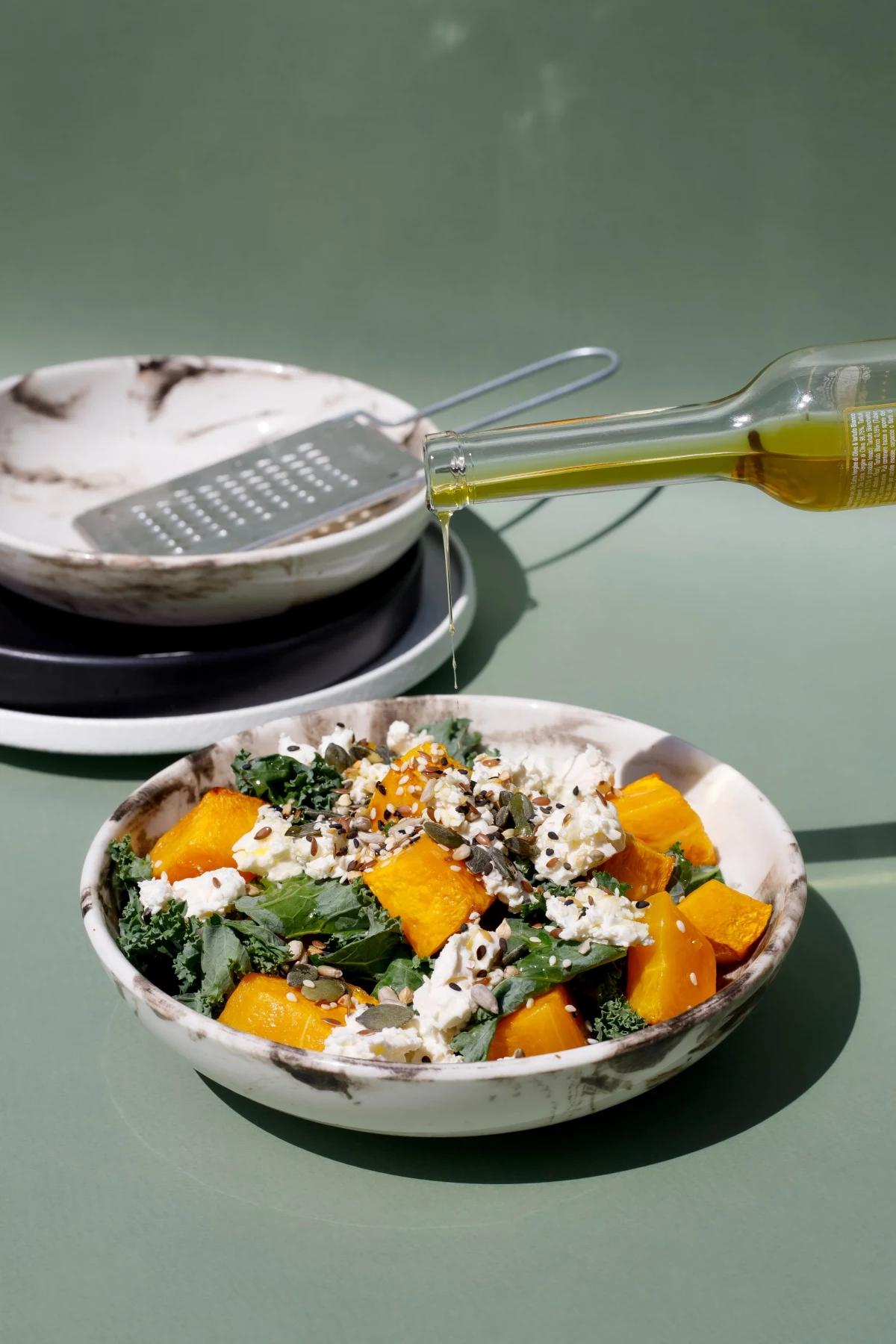
My goal here is to share the simple, powerful principles I use with people every day. We’re going to move past generic advice and get into the ‘why’ behind it. This isn’t a rigid, militant schedule—life’s way too messy for that. Instead, see this as a flexible framework you can adapt to your job, your family, and your own health goals.
The Science Behind Your Body’s Internal Clock
To get why meal timing works, you need to know a little about your body’s internal clocks, often called circadian rhythms. You’ve probably heard about this with sleep, but these rhythms control just about everything, especially how you use energy from food.
Deep in your brain, you have a “master clock” that sets the 24-hour schedule based on light and darkness. But it’s not the only one. Your organs—like your liver, pancreas, and your gut—all have their own little clocks. For you to feel your best, all these clocks need to be in sync. And guess what the main signals are? Light, movement, and, you guessed it, when you eat.
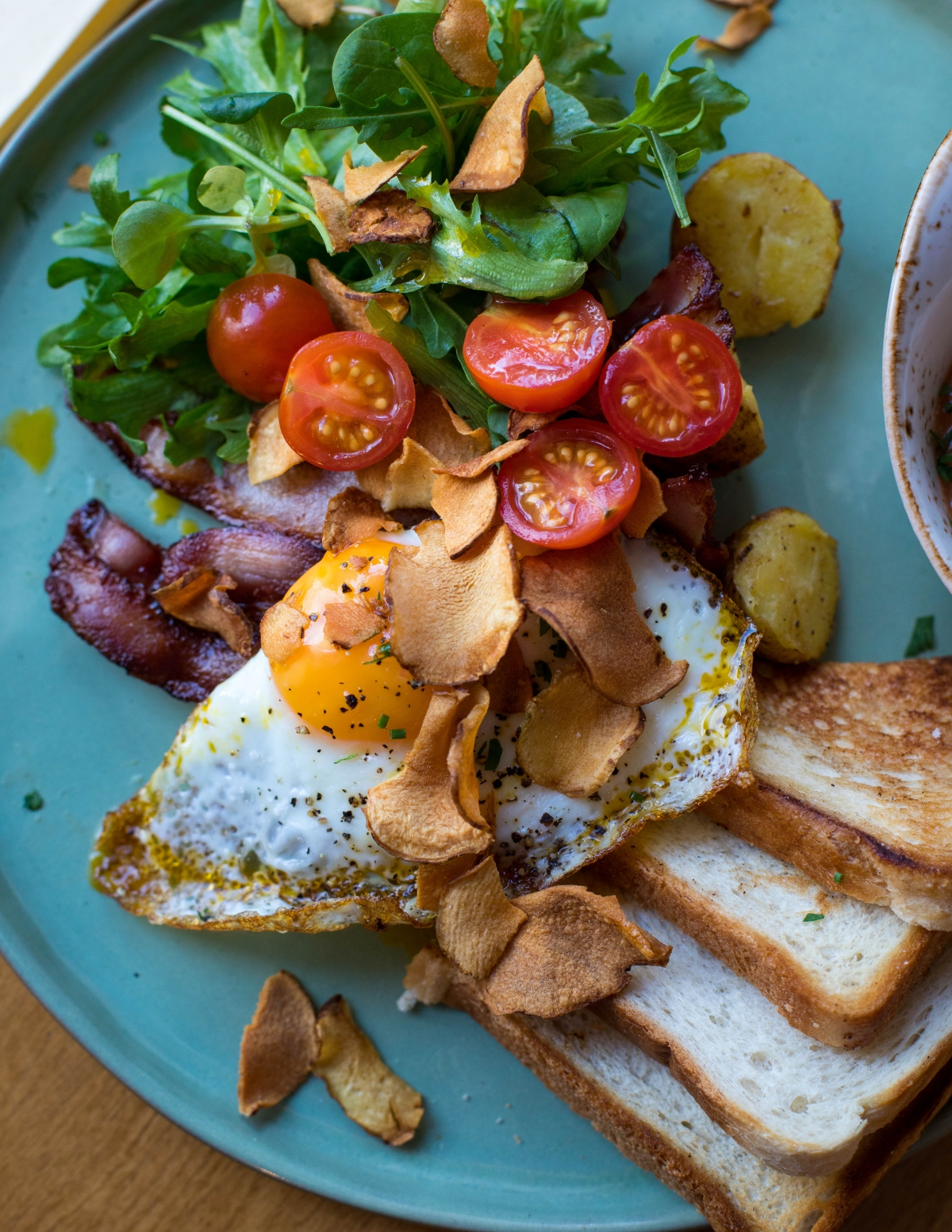
Here’s how this plays out in your day-to-day life:
- Cortisol: This is your “get up and go” hormone. It’s naturally highest in the morning, giving you that alert feeling and mobilizing energy. It then slowly tapers off throughout the day, hitting its lowest point at night so you can sleep.
- Insulin Sensitivity: Insulin is the key that unlocks your cells to let sugar (glucose) in for energy. Your body is most sensitive to insulin in the morning and afternoon. This means it can handle carbs much more efficiently earlier in the day. That same meal that your body processes beautifully at 1 PM can cause a major blood sugar rollercoaster if you eat it at 10 PM.
- Digestion: Your digestive system is also on the clock. It produces more stomach acid and digestive enzymes during the day. At night, it slows way down to focus on resting and repairing itself.
When I explain this to people, it’s often a lightbulb moment. They realize that eating a huge, carb-heavy dinner late at night isn’t a moral failure. It’s just bad logistics—asking your body to do a tough job with a skeleton crew on duty. This insight alone is incredibly empowering.
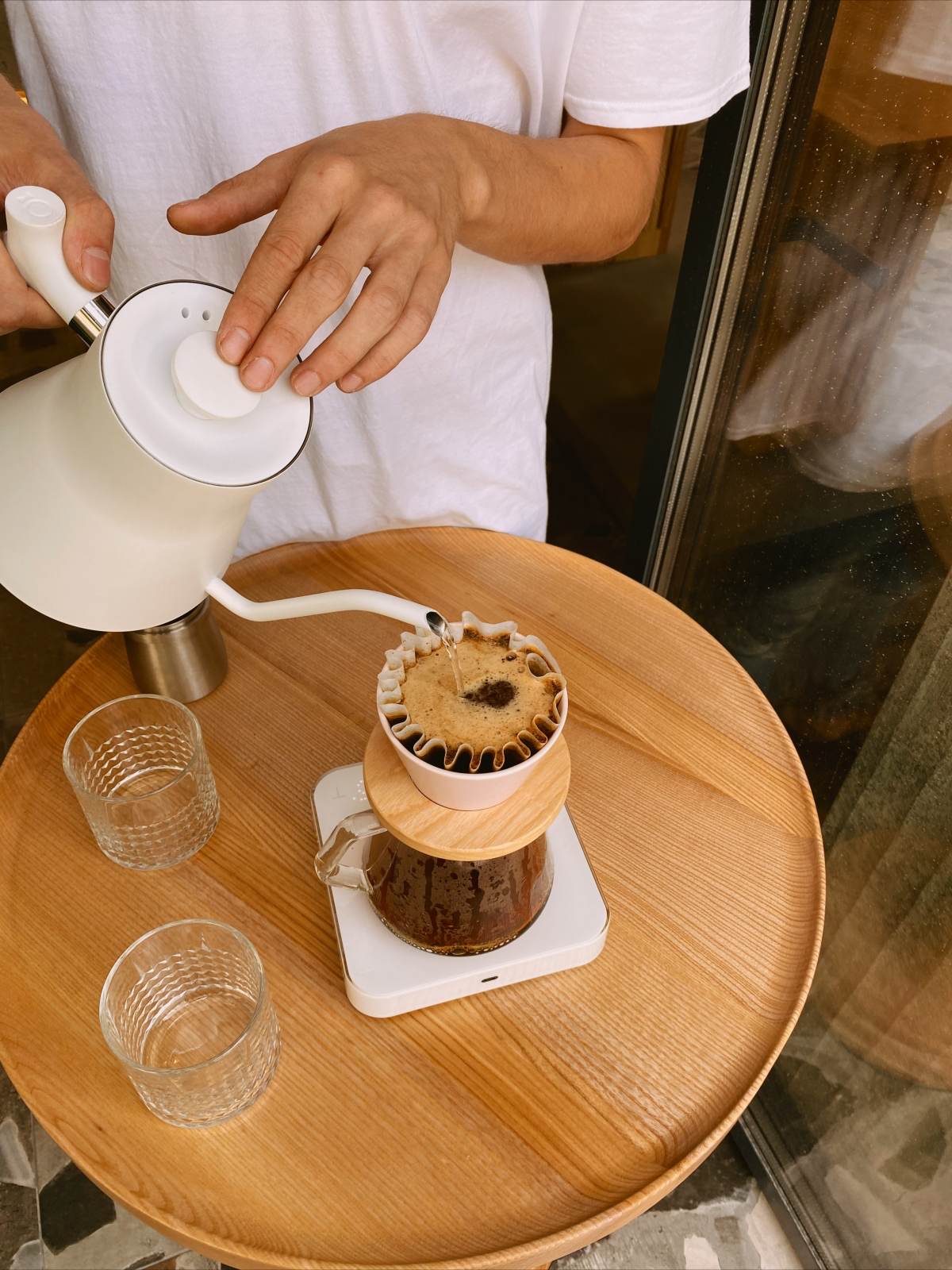
The Morning Window (Roughly 6 AM – 10 AM): Set Your Energy for the Day
The morning is your biggest metabolic opportunity. Your body is waking up from an overnight fast and is primed for fuel. What you do here really sets the tone for your energy and cravings for the rest of the day.
A common mistake is either skipping breakfast entirely or starting with something sugary like a muffin, a sweetened cereal, or a fancy coffee drink. That just sends your blood sugar on a rocket ship, only to have it crash and burn an hour later, leaving you tired and hunting for more sugar.
My Pro-Tip for a Better Breakfast
I have my clients build their breakfast around the “Protein-Fiber-Fat” trio. This combo is the secret to stable blood sugar and feeling full for hours.
- Prioritize Protein (aim for 20-30 grams): This is the anchor of your meal. It digests slowly, keeps you full, and provides the building blocks for brain chemicals that help with focus. Great options include 3 scrambled eggs (about 18g protein) or a cup of plain Greek yogurt (20-23g protein). For a plant-based option, a tofu scramble with nutritional yeast is fantastic. In a hurry? A quality protein shake is a lifesaver.
- Include Fiber-Rich Carbs: You want slow-burning fuel, not rocket fuel. A half-cup of rolled oats is perfect. Other great choices are a slice of dense sourdough bread or a handful of berries.
- Don’t Forget Healthy Fats: Fats help you absorb vitamins and slow digestion even more. Think a quarter of an avocado, a tablespoon of chia seeds in your oatmeal, or a small handful of walnuts.
Heads up for the Early Exerciser: What if you work out first thing in the morning? Great question. If your workout is intense or lasts over an hour, you might want a small, easily digestible carb snack about 30 minutes before, like half a banana. But for most people, working out fasted is fine. The most important thing is to get that protein-rich recovery meal in within an hour or so after you finish your workout to refuel and repair your muscles.
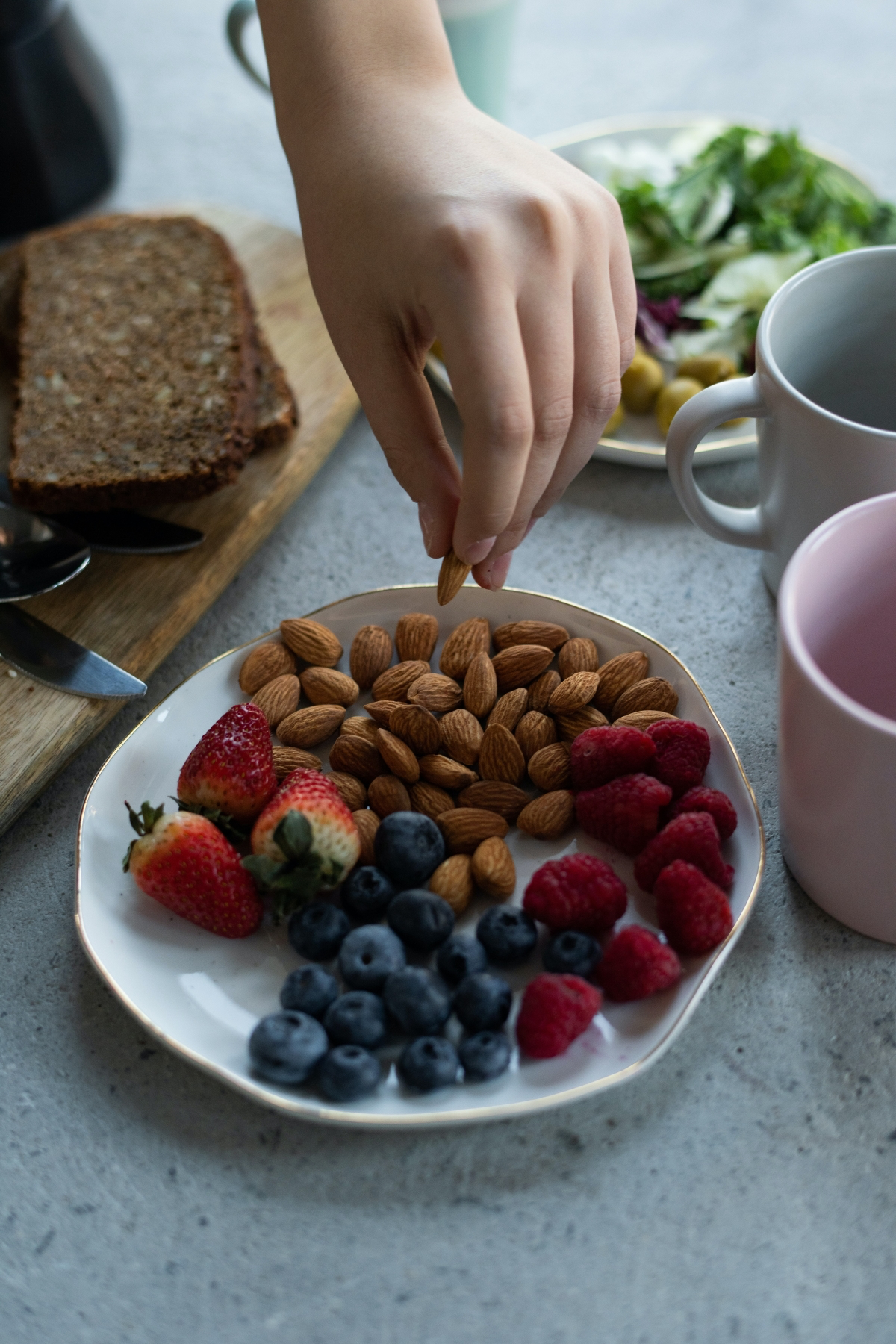
But what if I’m not hungry in the morning? I hear this all the time. From my experience, a lack of morning hunger is almost always a sign of eating too much, too late the night before. Your body’s still working on yesterday’s dinner! The fix isn’t to force-feed yourself. We start small. Try just a single hard-boiled egg or a small smoothie. After a week of eating lighter at night, your natural morning appetite will almost certainly return.
The Midday Meal (Roughly 12 PM – 2 PM): How to Avoid the Afternoon Slump
Lunch is your primary refueling stop. The goal is to power through the afternoon with steady energy, not collapse into a food coma at your desk. The biggest trap is either eating too little (like a sad, plain salad) or way too much of the wrong thing (a giant bowl of pasta).
Let me tell you about Jim, a client of mine. He was an office worker who was convinced his 2:30 PM sleepiness was just part of life. He’d grab a huge hero sandwich with chips for lunch every day. We made one simple swap: instead of the giant white bread roll and chips, he had a whole wheat wrap with the same grilled chicken and loaded up on a big side of greens instead. A week later, he told me it was the first time in years he hadn’t needed a 3 PM coffee to stay awake. It’s that simple.
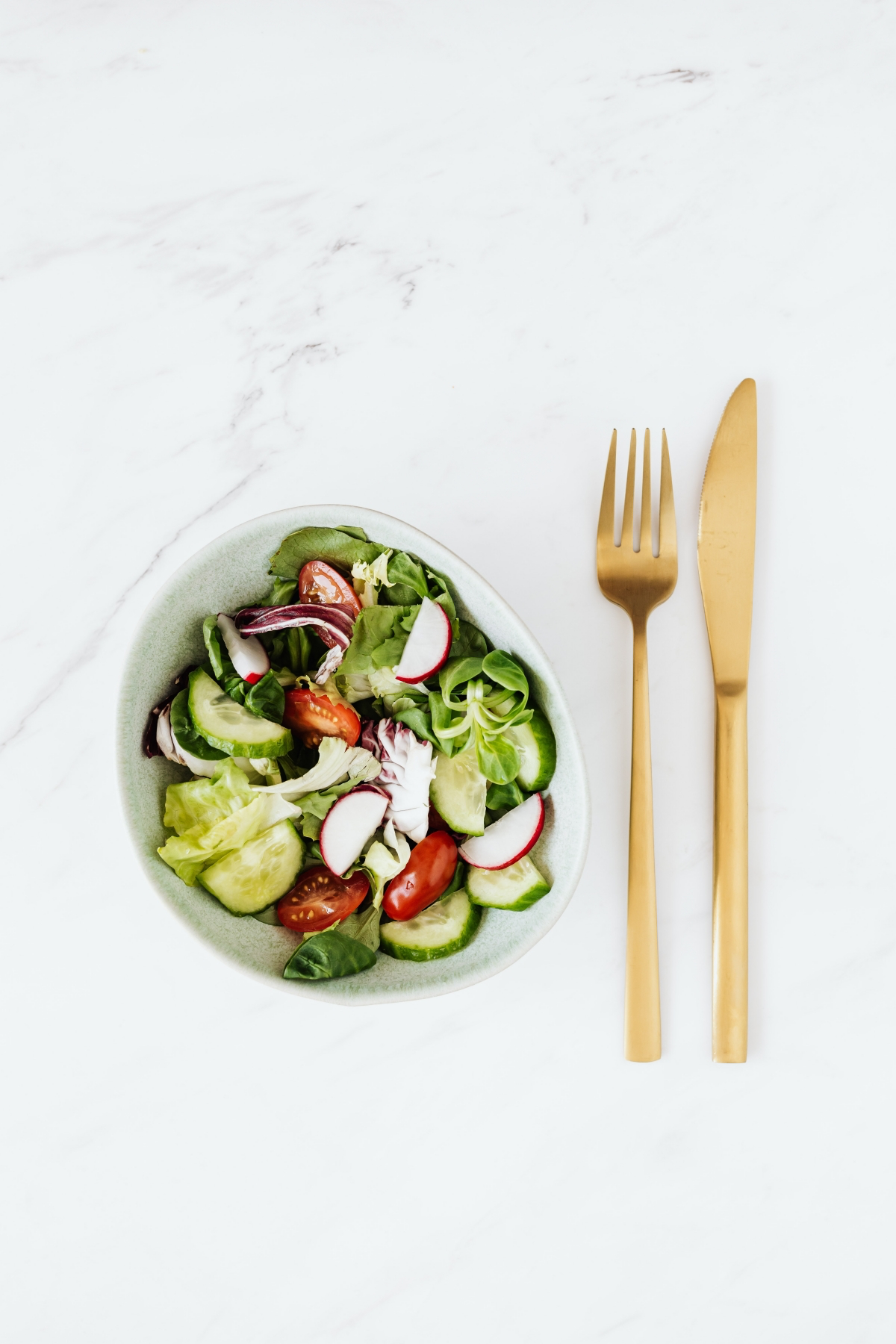
How to Build a Slump-Proof Lunch:
- Half Your Plate is Veggies: This is non-negotiable. A big base of leafy greens, bell peppers, broccoli, and tomatoes gives you fiber and nutrients for very few calories. Go for lots of color!
- Palm-Sized Portion of Lean Protein: This is your slump insurance. Aim for grilled chicken, fish, or plant-based powerhouses like a cup of lentils or chickpeas.
- Cupped-Hand Portion of Complex Carbs: Don’t skip carbs, but don’t overdo it. A half-cup to a cup (cooked) of quinoa, brown rice, or sweet potato provides a steady energy stream.
- Thumb-Sized Portion of Healthy Fats: A drizzle of olive oil, some avocado, or a sprinkle of sunflower seeds adds flavor and helps you feel satisfied.
The Afternoon Bridge (Roughly 3 PM – 5 PM): Smart Snacking
Ah, the afternoon snack. This is where so many good intentions go to die. This snack isn’t a treat; it’s a strategic bridge to get you to dinner without becoming ravenously hungry (which is when we all make bad choices).

A smart snack follows the same rules: protein and fiber are your best friends. Here are some easy, packable ideas:
- An apple with a tablespoon of peanut or almond butter.
- A small pot of plain Greek yogurt (or a dairy-free alternative).
- A handful of almonds and walnuts (a handful is about a quarter cup, not the whole bag!).
- Carrot and cucumber sticks with a few tablespoons of hummus.
A Quick Tip on Budget Snacking: Hard-boiling a few eggs at the start of the week costs maybe a dollar or two and gives you an instant, perfect snack ready to go.
The Evening Meal (Roughly 6 PM – 8 PM): Wind Down for Repair
As evening rolls in, your body is shifting gears into rest and repair mode. Your metabolism is slowing down. The goal for dinner is to give your body nutrients for overnight recovery without bogging down your digestive system, which can seriously mess with your sleep quality.

Think of dinner as the opposite of breakfast. We’re de-emphasizing carbs and focusing on protein and lots of vegetables.
- Focus on Cooked Veggies: Roasted or steamed vegetables like asparagus, zucchini, and cauliflower are often easier to digest in the evening than a huge raw salad. They should still fill half your plate.
- Lean Protein for Repair: Baked fish, poultry, or plant-based options like tofu work great. A quick note: some people find beans and lentils a bit gassy at night, so if that’s you, maybe save them for lunchtime.
- Minimize Starches: This is the biggest change for most people. A big portion of pasta, rice, or potatoes at night is metabolically tough. If you want carbs, keep the portion small—around a half-cup.
But what about family dinner? I get it. Dinner is often a social, family event. The strategy isn’t about deprivation. It’s about composition. Fill your plate with the salad or roasted veggies first. Then add your protein. And if you’re having pasta, just take a smaller portion. Eat slowly. You’ll be surprised how satisfied you feel with less.
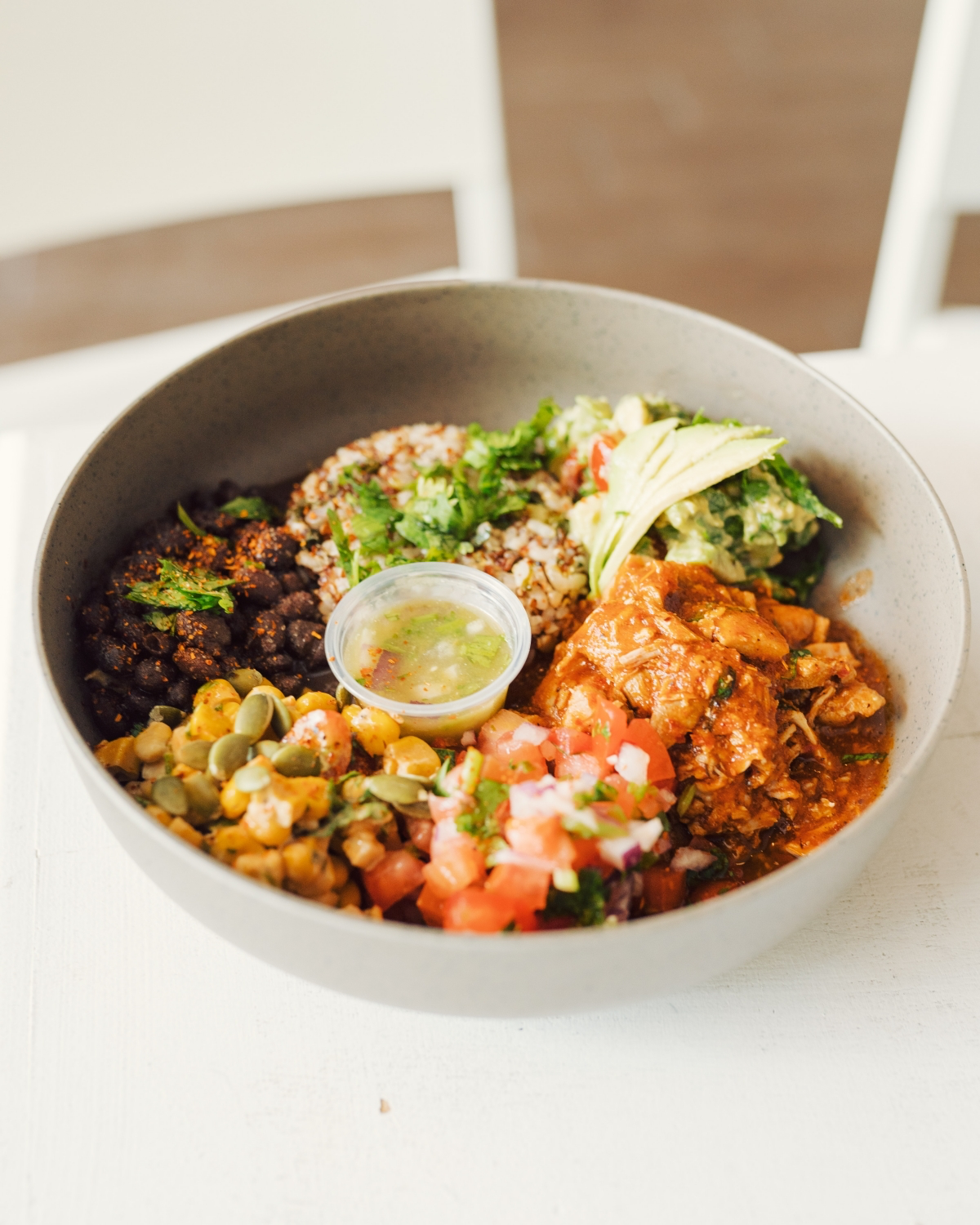
Putting It All Together: A Sample Day
So what does this look like in real life? It’s simpler than you think.
Standard Plan Example:
- Breakfast (7:30 AM): 3 scrambled eggs with spinach and a quarter avocado.
- Lunch (12:30 PM): Large mixed greens salad with 5 oz grilled chicken, bell peppers, cucumber, a half-cup of quinoa, and an olive oil vinaigrette.
- Snack (4:00 PM): An apple with 1 tbsp of almond butter.
- Dinner (7:00 PM): 6 oz baked salmon with a large serving of roasted broccoli and asparagus.
Budget-Friendly / Plant-Based Plan Example:
- Breakfast (7:30 AM): A bowl of oatmeal made with water or plant-milk, a scoop of vegan protein powder, a tablespoon of chia seeds, and a handful of frozen berries (which are way cheaper than fresh!).
- Lunch (12:30 PM): A big bowl of mixed greens topped with 1 cup of chickpeas, chopped veggies, and a tahini dressing.
- Snack (4:00 PM): A handful of pumpkin seeds and a small orange.
- Dinner (7:00 PM): Lentil and vegetable stew (make a big batch to last a few days!) with a small side of brown rice.

Your “Get Started” Toolkit
Feeling overwhelmed? Don’t be. You don’t have to do everything at once.
Your Quick Win for This Week: Just focus on one thing. Add 20-30 grams of protein to your breakfast. That’s it. Just do that for five days and see how you feel. It’s a small change that makes a huge difference.
30-Minute Meal Prep Sunday: Spend a half-hour on Sunday to set yourself up for success. Your mission: boil 6 eggs, cook 2 cups of quinoa or brown rice, and chop a container of raw veggies like carrots and bell peppers. Boom. Half your work for the week is done.
Smart Eater’s Shopping List:
- Proteins: Eggs, plain Greek yogurt, cottage cheese, chicken breast, canned tuna/salmon, lentils, chickpeas, tofu, edamame, and a quality protein powder.
- Healthy Fats: Avocados, nuts (almonds, walnuts), seeds (chia, flax, pumpkin), and olive oil.
- Fiber & Carbs: Rolled oats, quinoa, brown rice, sweet potatoes, berries (fresh or frozen), apples, and tons of leafy greens and colorful vegetables.
A Friendly Heads-Up
Okay, real talk for a second. This is a general guide to help you understand the principles of meal timing. It’s for educational purposes, and it’s not a substitute for personalized medical advice. Your body is unique.
If you have a medical condition like diabetes, hypoglycemia, kidney disease, or a digestive disorder like IBS, you absolutely must talk to your doctor or a registered dietitian before making big changes. They can help you create a plan that’s safe and effective for you. Trying to figure it all out on your own when you have a complex health history can be risky. A pro can take these principles and build a realistic plan that truly fits your life.










